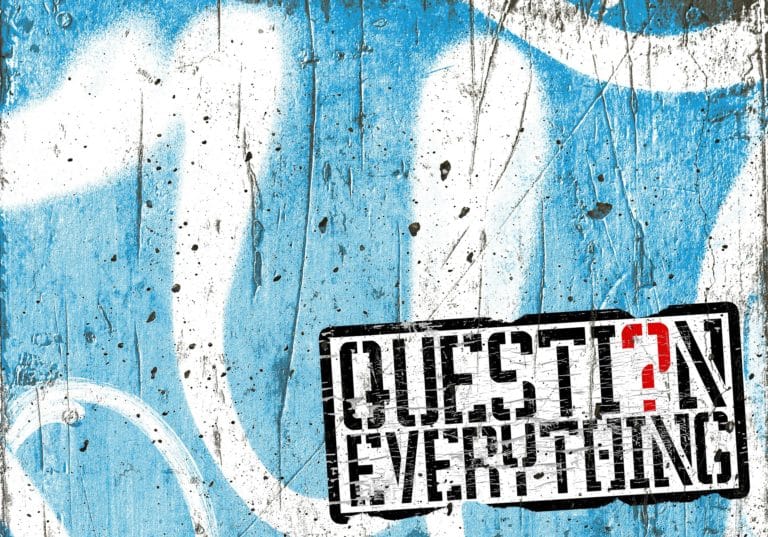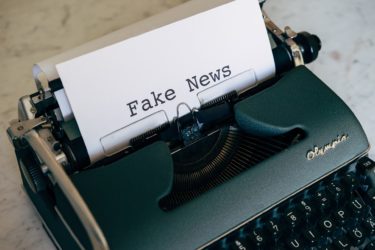Beware the “they”. No, I don’t mean the shadowy cabal that some say runs the world, I mean beware of anyone who starts to talk about “they” or “them” when explaining why things aren’t quite as they seem. At the heart of every conspiracy theory is the key premise that “they” – the mysterious conspirators – are controlling the flow of information such that the evidence needed to out them is suppressed and replaced with mass media misinformation. The fact that all conspiracy theories posit a “they” may seem trivial, but it’s worth focusing in on the nature of this premise, because it ultimately allows one to believe anything. That complete dissolution of an individual’s capacity for genuine skepticism is what makes even trivial conspiracy theories into potentially dangerous on-ramps to a very dark spiral.
For folks not familiar with how conspiracy theories work, consider Qanon. Qanon could rightly be described as an all-encompassing conspiracy. It is massive in scope and tends to absorb all other conspiracy theories into its framework. Very briefly, Qanon is an updated version of the antisemitic blood libel myth that claims there is a secrete elite cabal of paedophiles who traffic in children for both sex and to siphon off a chemical called “adrenochrome” that “they” then inject to stay young. At this point, Qanon contains so many absurd and even contradictory moving parts, you’d expect it to collapse under its own weight. On the contrary, at least until recently Qanon’s membership has been growing. It now includes between two and twelve representatives in Congress and was heavily implicated in the Capitol hill riot. All despite zero manifestation of the promised crackdown on elite paedophiles, as well as investigative journalism exposing the fraudster likely to be running Q. How could such an absurd narrative gain so much traction in the general population? Revelations about Jeffery Epstein and his subsequent death certainly help fuel the fire, but I think the main cause is more systemic than circumstantial: once you start down the path of “they”, it’s hard to stop.

For folks who are familiar with conspiracy theories, Qanon’s resilience will come as no surprise. Conspiracy theory communities tend to be even more resistant to conflicting information than regular human communities, which are already pretty bad on this front. There are a variety of mechanisms that contribute to that epistemic resilience, but I think the among the strongest , the one that conspiracy communities always fall back on, is the appeal to “they”. “They” don’t want you to know the truth, and “they” are sufficiently powerful that it’s reasonable to infer you don’t have the full truth. Once you have that argumentative move in place, it serves as an unbeatable counter to any conflicting information. Documents that disprove the conspiracy? Obviously forged by “they”. A public statement made by Trump himself disavowing Q and calling the whole conspiracy nonsense? Simple, either “they” got to him and forced him to make that statement, or he’s bluffing to draw them out. Once it’s formed, every piece of information can fit neatly into the epistemic permission structure.
It would be bad enough if the “they” premise merely made conspiracy communities immune to conflicting information, but there’s an inverse problem that’s just as dangerous. The same “they” premise that can undercut any conflicting information also allows for the unfettered incorporation of any new information. If “they” are really the all-powerful manipulators of information that conspiracies like Qanon demand, then “they” could be suppressing the truth about anything, and are probably suppressing the truth about a great many things. In that mindset, all conspiracies become equally plausible, and the result is a tendency towards Qanon type Ur conspiracies that create a space where conspiracy theorists from all walks of life can come together and join in the Massively Multiplayer Online narrative game. There’s good reason to think that the experience of shared narrative formation combined with the endorphins produced by feeling like one of the epistemic elect drives a lot of engagement in these communities, and the open door nature of the “they” premise means there are always new narrative adventures to join.
In an easier world, you could simply see someone citing a “they” and move on with your life. The unfortunate reality is that we cannot simply dismiss any theory that posits a conspiracy, because documented examples of conspiracies exist in the world. There have been and likely still are “they” out there, having some amount of influence. Some of them are likely to actually be pedophiles. Statistically, some of them will involve people of Jewish decent. How do we address the spread of conspiratorial thinking in a world of competing power systems?
What we need is a meaningful way to distinguish between Conspiracy Theories in the problematic sense and theories that involve exposing genuine conspiracies. As with other kinds of flawed but persuasive arguments, there is no simple formula for separating the wheat from the chaff here, but there has been some interesting progress with this on the AI front. The culture analytics group at the University of California are working on a program that can detect the “signs” of conspiracy theories in online conversations. In the process, they’ve exposed some interesting commonalities amongst Conspiracy Theories that might distinguish them from genuine investigations into conspiracies. For example, Conspiracy Theories tend to form rapidly, due to the addictive nature of collective narrative formation games. Conversely genuine investigations take years to get a complete picture. Conspiracy Theories also tend to be overly complex and aim to explain way too many things. Actual conspiracies, on the other hand, tend to explain discrete events, as in the case of the Bridgegate conspiracy.
There are still a variety of problems with these criteria. Conspiracy theorists will argue that their theories are aimed at discrete events, such as 9/11, or the assassination of JFK, or the death of Jeffry Epstein. I personally struggle to square these criteria with the Christian conspiracy exposed in Jeff Sharlet’s The Family. Sharlet claims that a substantial cabal of evangelicals have significantly influenced American foreign policy and provided material support for harsh conservative laws like Uganda’s Anti-Homosexuality Act. Similar reporting has argued that Evangelical Christians are influencing foreign policy with the explicit aim of bringing about the end of days by creating the right environment for the events of Revelations to unfold. These religious zealots have infiltrated our government at the highest levels and have substantially influenced foreign policy around places like Israel for the sake of achieving their ends. This has even produced a great deal of coordination between these fundamentalist Christians and many Pro-Israel Jews, because a key part of Evangelical Christian eschatology involves Jews regaining control over Jerusalem and reconstructing Herod’s temple where the Dome of the Rock currently stands. Prophecy or not, that would likely precipitate something that would look a lot like the end times.
If I’m comfortable saying that The Family and other religious cabals are influencing global politics, how can I confidently say they’re the only religious cabal that exists and has that level of influence? I don’t think a perfect formula exists to draw the distinction. I hope the reason I believe what I believe is because I’ve examined evidence presented by experts on these two subjects and found the evidence for The Family much more robust than the evidence for Jewish conspiracies to wipe out the white race or keep everyone enslaved. Sharlet’s theory avoids the criteria of having formed rapidly through online narrative formation. It’s debatable whether it fails on scope, since you could argue it’s primarily used to explain discrete choices by evangelical conservatives in America, but it’s hard to see how it doesn’t end up explaining a lot more.

One major difference for me is that Sharlet never claims The Family has the kind of absolute grip on information that makes claims of “they” so dangerous. While it’s likely that The Family, along with other conservative groups, have heavily influenced the conservative media environment, in the end their power appears patchy and narrowly focused, rather than absolute and ubiquitous. I think these are sufficient distinctions, but as always it’s not nearly as strong a case as I would prefer.
Let me wrap up with a related question that commonly arises when discussing the “they”: Why does “they” so often turn out to be “the Jews”. If you’ve spent much time around conspiracy theorists, you’ll understand this isn’t just a punchline, there really is a reliable principle that, over time, the odds that any Conspiracy Theory will come to include the Jews approaches 100%. Ironically, this forms a kind of inverse of Godwin’s Law, the internet rule that, as the length of an online argument increases, the odds that someone will be accused of being a nazi also approach 100%. With the reverse Godwin, though, the mechanism is not as simple as people inevitably reaching for a universally reviled baddie, though it does retain some of that flavour.
My theory for why all “they” inevitably come to include “the Jews” is that Jews have dominated as the go-to group for scapegoating through much of history, and so when modern conspiracy theorists go to “investigate” who “they” really are, their inability to resist absorbing conspiratorial thinking, combined with the ubiquity of conspiracies about the Jews, makes it vanishingly unlikely that the Jews will play zero part in their explanation.
You may still wonder why Jews have historically been the most common scapegoats in the Abrahamic world. My sense is that it really does go back to their being scapegoated for the death of Jesus as a marketing gimmick for Christianity. A gimmick so effective that, 1950 years later, my dad was still getting called ‘Christ killer’ while growing up in the Bronx. There are plenty of other socio-economic factors that likely also contribute, but the result is that Qanon, ‘the Great Replacement’, and ‘the Great Reset’ are all just reboots of blood libel and other antisemitic conspiracy theories. Even conspiracy theorists that seem entirely apolitical, like flat or hollow earthers will, when pressed, frequently reveal that they believe it’s Jews at the center of the hollow disk or whatever. In the case of flat earthers, one confounding variable is the surprisingly high influence of Christianity within the flat earth community, which creates an opening for implicating the Jews in hiding the truth. Still, it continues to be the case that all internet conspiracy roads lead to the Jews.
Once again, I’ve left you with more problems than solutions. I can’t say with confidence that The Family is the only shadowy cabal with esoteric goals out there fiddling with things, or that they all are likely to have little to no influence. We’re stuck, for the foreseeable future, having to pick through these conspiracies by hand, which means we’ll always be far behind those spinning the theories, as they face no such research constraints. I realise that’s an unsettling epistemic reality to live in, but I’d have to invent a conspiracy theory to make it easier, and that’s how “they” get you.



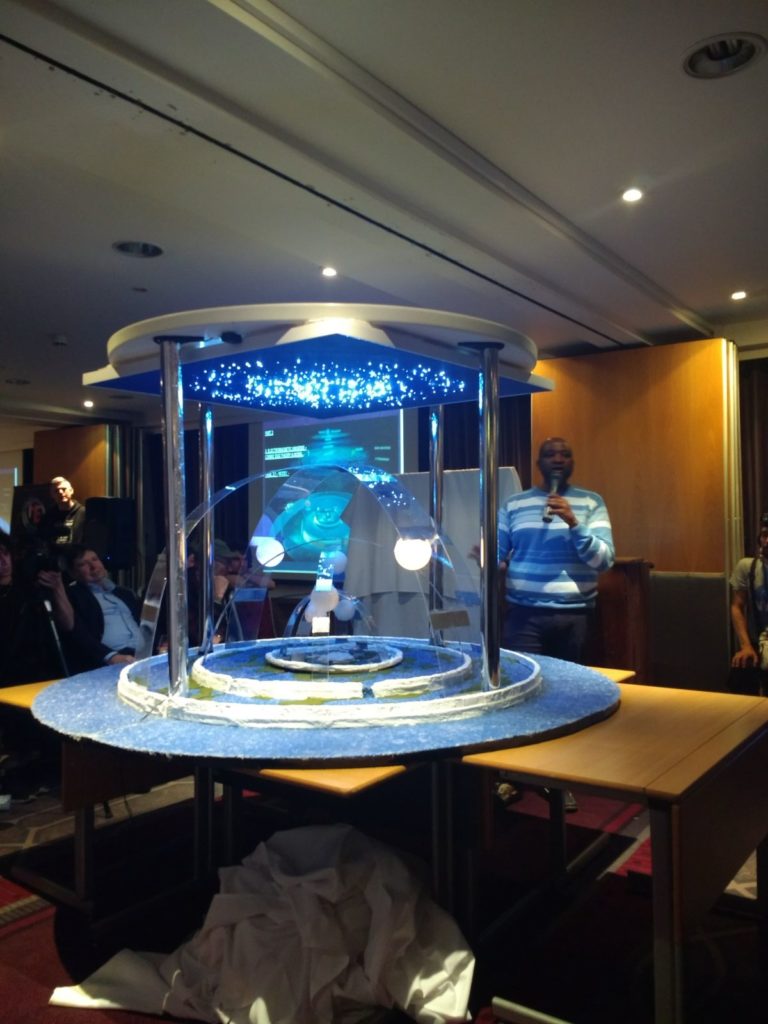
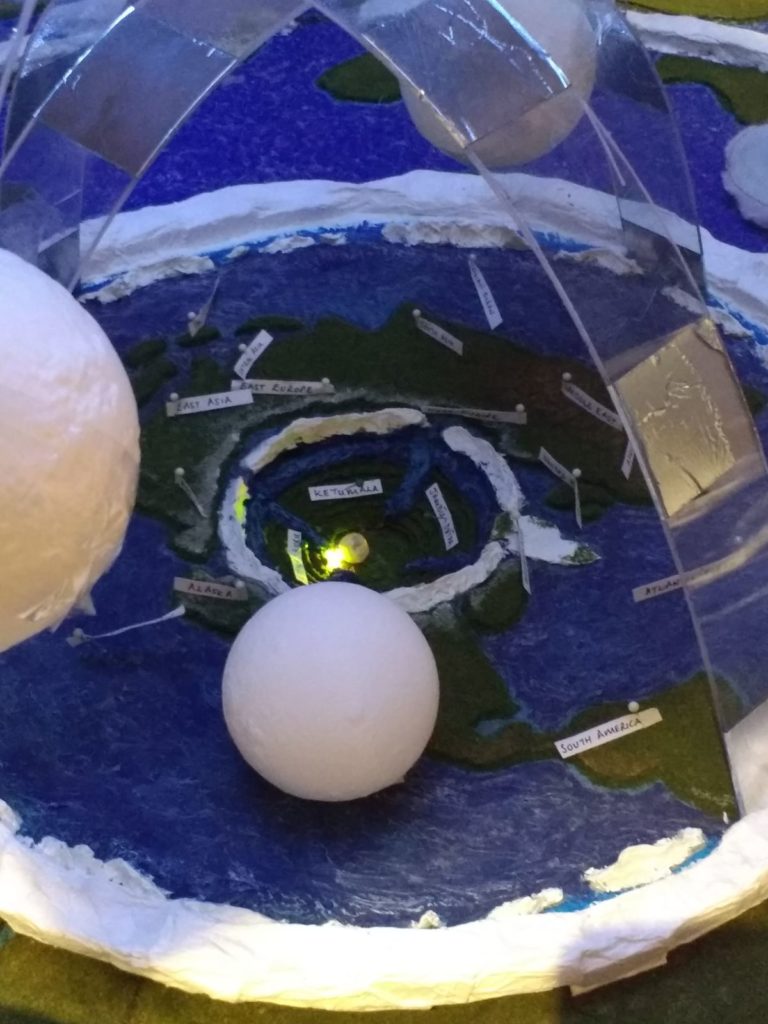
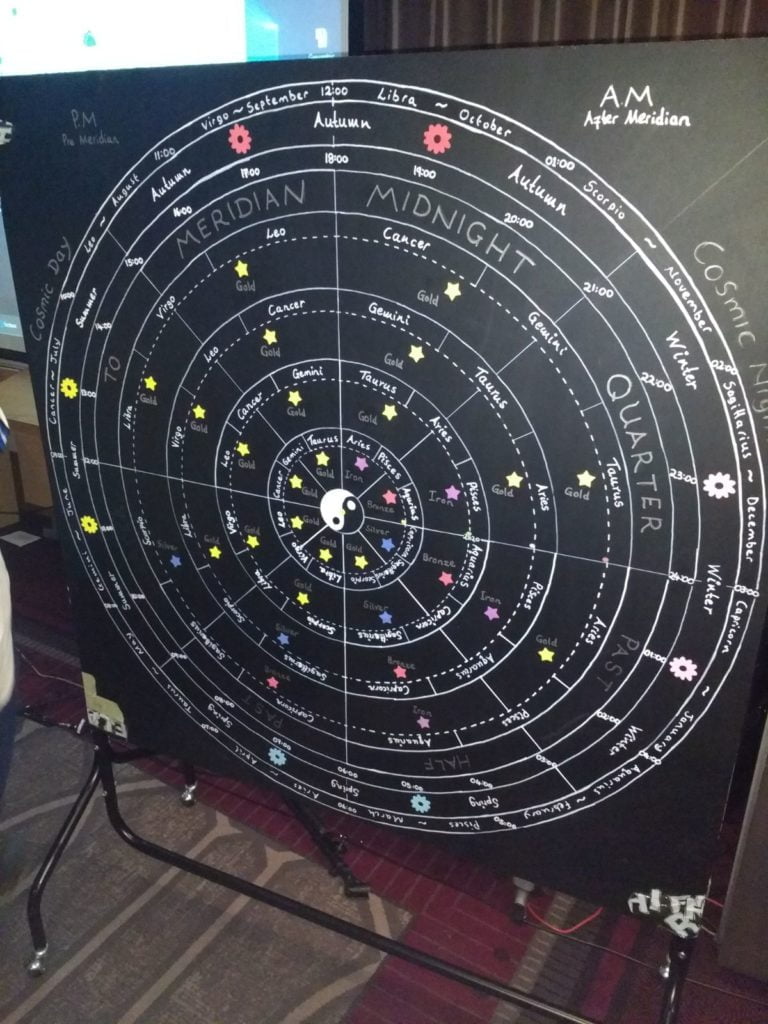

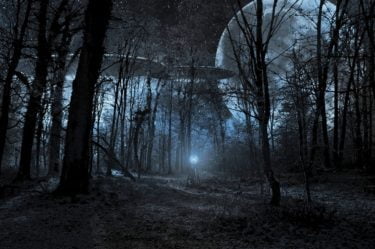
![A QAnon poster on a fence with the letters "WWG1WGA" which stands for where we go one, we go all. [CC 2.0]](https://www.skeptic.org.uk/wp-content/uploads/2021/02/QAnon_poster_48555555282-375x375.jpg)


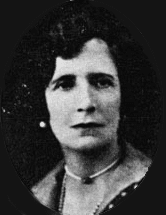
![David Icke holding a microphone and speaking. Photo by Tyler Merbler [CC-by-2.0]](https://www.skeptic.org.uk/wp-content/uploads/2021/01/David_Icke_7_June_2013_1_cropped-375x292.jpg)
